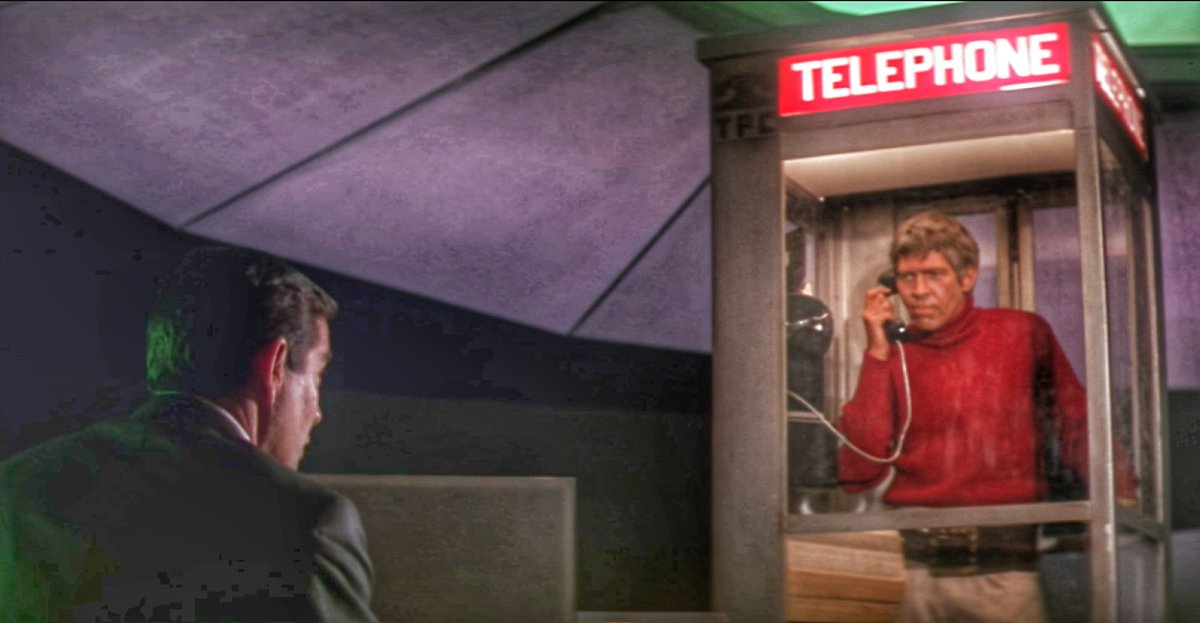I must admit, I’m a huge fan of Ivan Peplnjak. This despite the fact that he is a major thorn in the side of product management at Cisco. It is, of course, his job to be a thorn in our side and Ivan is too smart to ignore. He has a long history with Cisco, […]
Category: Perspectives
The Ghost of Jobs
A post recently showed up in my LinkedIn feed. It was a video showing a talk by Steve Jobs and claiming to be the “best marketing video ever”. I disagree. I think it is the worst ever. I hate it. I wish it would go away. I have deep respect for Jobs, but on this […]
Consulting Gigs
In my years in the corporate world, I’ve attended many corporate self-help type sessions on how to or increase leadership, creativity, and innovation. There are many young consultants who are starting their careers off helping us to develop new skills in these areas, so I thought I would provide some helpful tips to get started. […]
The AWS Outage
I have to give AWS credit for posting a fairly detailed technical description of the cause of their recent outage. Many companies rely on crisis PR people to phrase vague and uninformative announcements that do little to inform customers and put their minds at ease. I must admit, having read the AWS post-mortem a couple […]
Automation gone wild
As I write this, a number of sites out on the Internet are down because of an outage at Amazon Web Services. Delta Airlines is suffering a major outage. On a personal note, my wife’s favorite radio app and my Lutron lighting system are not operating correctly. Of course, this outage is a reminder of […]
Why I don’t wear Airpods
I have written more than once (here and here, for example) about my belief that technological progression cannot always be considered a good thing. We are surrounded in the media by a form of technological optimism which I find disconcerting. “Tech” will solve everything from world hunger to cancer, and the Peter Thiels of the […]
Stay away from OOP
I’ve been revising my Cisco Live session on IOS XE programmability, and it’s made me think about programming in general, and a particular idea I’ve been embarrassed to admit I loathe: Object Oriented Programming. Some context: I started programming on the Apple II+ in BASIC, which shows my age. Back then programs were input with […]
The tech industry and the worship of the new
“Progress might have been alright once, but it has gone on too long.” – Ogden Nash The book The Innovator’s Dilemma appears on the desk of a lot of Silicon Valley executives. Its author, Clayton Christiensen, is famous for having coined the term “disruptive innovation.” The term has always bothered me, and I keep waiting for the […]
Where does time go?
Two things can almost go without saying: If you start a blog, you need to commit time to writing it. When you move up in the corporate world, time becomes a precious commodity. When I started this blog several years ago, I was a network architect at Juniper with a fair amount of time on […]
Cisco Live is over! Long Live Cisco Live!
I think it’s fair to say that all technical marketing engineers are excited for Cisco Live, and happy when it’s over. Cisco Live is always a lot of fun–I heard one person say “it’s like a family reunion except I like everyone!” It’s a great chance to see a lot of folks you don’t get […]
